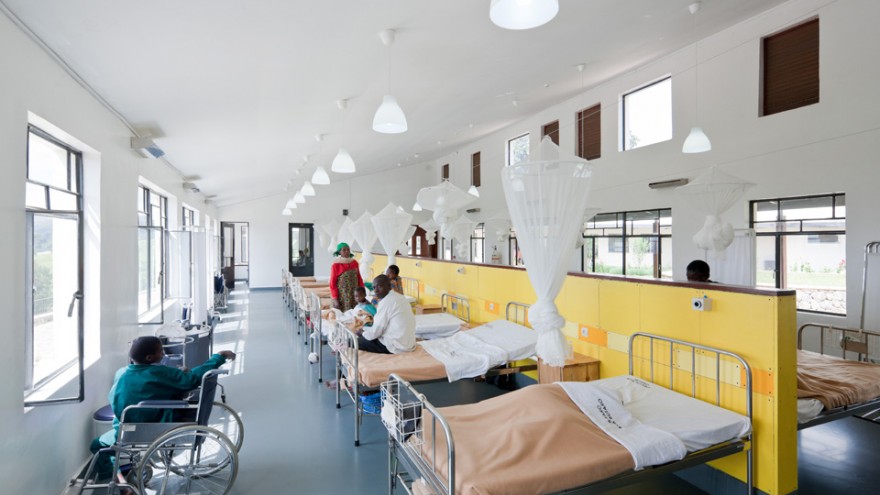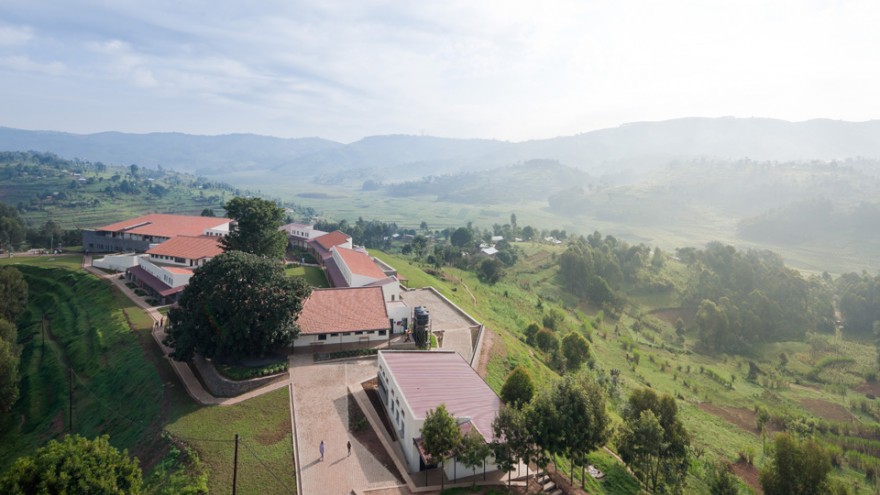Supporting design as a force for social change, the Curry Stone Design Prize celebrates its fifth consecutive year in addressing critical issues through design innovation.
Architect Clifford Curry and social justice activist Delight Stone founded the Curry Stone Awards in 2008. The awards recognise individuals and firms who use pioneering design strategies to address social issues such as food scarcity, clean water access, disaster response, housing rights, health care, education, post-conflict development and peace-keeping.
"The mission of the Curry Stone Design Prize is a wide mission of social transformation," says Emiliano Gandolfi, Secretary of the Prize. "It's not about style anymore, it's about an approach. The Curry Stone Design Prize is one of the institutions that is enabling this transformation."
The winners of this year’s Curry Stone Awards were announced on 15 November 2012 at a public ceremony held at Harvard Graduate School of Design. The nominees were selected at random by a large group of social impact leaders across the globe. With an emphasis on emerging projects and ideas that may not yet have been taken to scale, the grand prize of $125 000 was divided equally between the five winners of 2012.
The winners:
The Center for Urban Pedagogy (CUP) in Brooklyn, New York. Founded in 1997 by artist and designer Damon Rich, the centre seeks to explain complex urban-planning. The project uses understandable visual communicators and multimedia toolkits to provide practical information to social groups who need it most. Addressing immigrants, public-housing residents and at-risk youths, the CUP aims to provide useful information to allow a better and more fruitful life.
“Liter of Light”, created by Filipino entrepreneur and activist Illac Diaz provides an eco-friendly and economical solution to daytime lighting in informal settlements. The creation is made from a clear plastic bottle that is filled with water and mounted in a metal tile. The tile is then installed into a typical metal roof. Diaz’s inspiration came from the need to provide his local community with a wire-free lighting solution. The solar bottle bulbs have now been installed into thousands of informal settlements worldwide.
Boston-based architecture firm Model of Architecture Serving Society (MASS) has developed a design method to bring high-quality design and implementation to where it is most needed. The firm seeks to build healthcare facilities for countries emerging from crisis. MASS works closely with public health professionals to ensure that the design is not only beautiful, functional and healthy, but that it successfully amplifies the mission of the client who commissioned the facility.
Viewing architecture restoration as a social and economic incubator, the Riwaq Centre for Architectural Conservation uplifts the communities in Palestine. The project seeks to rebuild the Palestinian environment in the hope of creating jobs and strengthening community identity. Riwaq hopes the restoration of a fragmented community caused by conflict will allow an advance in the social and economic potential of the country.
Jeanne van Heeswijk portrays a fresh understanding of the role of art in the design world. Believing that art actively works in shaping society, she facilitates the creation of lively and diversified public spaces. The artist uses socially engaging practices to challenge bureaucratic conventions and acquired rules. Her work is fundamentally situated in the belief that artistic production lies within the evolution of the people involved in the process.

















